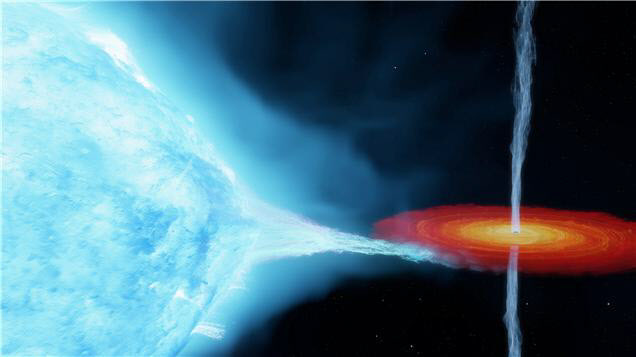|
Black hole X-1 Cygnus is one of the closest black holes to Earth located in the Milky Way. It was first discovered in 1964 through an X-ray detector mounted on a high-rise atmospheric observation rocket.
The joint international research team used a triangulation method to precisely measure the position of a celestial body at a distance from the Earth by observing the radio signal from the black hole X-1 Cygnus using an ultra-long-wave interferometer (VLBA). It was found that the distance from Earth to the black hole X-1 Cygnus is about 7200 light-years farther than the previously known mass of about 6100 light-years, and that the mass of the black hole is 21 times the mass of the Sun, which is about 50% heavier than the known mass.
James Miller-Jones, a professor at Curtin University, Australia, who led the study, said, “Through this observation, we learned that the X-1 Cygnus black hole is farther away and heavier than the previous hypothesis.” It will be the evidence to shed light on the process of growth and growth.”
Dr. Tae-Hyun Jeong of Korea Astronomical Research Institute said, “The Astronomical Institute has contributed to the design of a precise location measurement method for the X-1 Cygnus black hole using a radio interferometer.” KVN) will continue to study the observation of black holes such as X-3 Cygnus.”
The research results were published on the 18th in the international journal’Science’.

